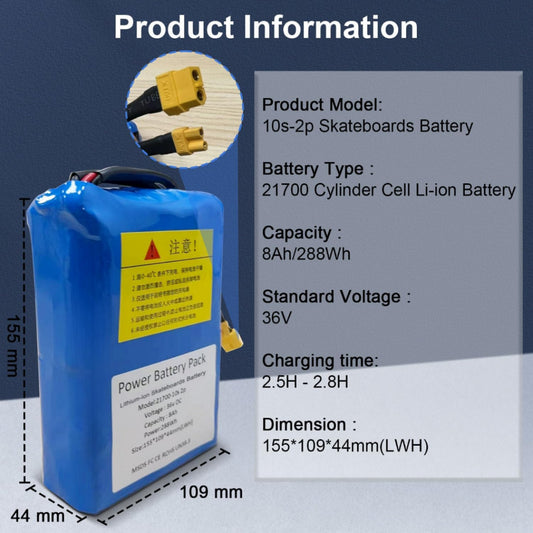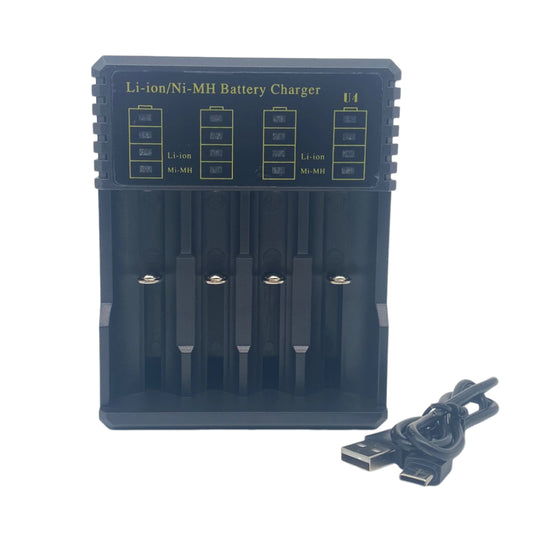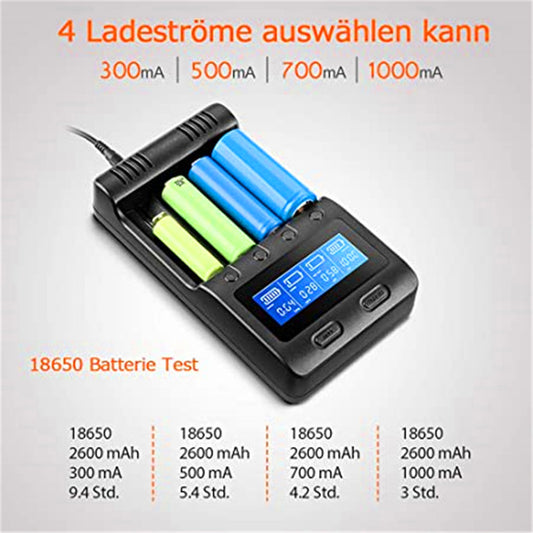Batteries are indispensable in almost all areas of our lives. From mobile phones to e-bikes (e-bike batteries), batteries power nearly all our modern devices. Therefore, we need to understand how batteries work. In this article, we will explore how batteries function and the differences between various types of batteries.
What is a battery?
A battery is a device that converts chemical energy into electrical energy. When the battery is connected to a circuit, a chemical reaction between the anode and cathode causes electrons to flow through the external circuit, generating an electric current.
This current can power a variety of devices such as mobile phones, laptops, and many other portable electronic devices. There are various types of batteries, including disposable and rechargeable batteries, and they differ in size, capacity, voltage, and performance to meet different uses and needs. As a battery manufacturer, BatteryInt sells kinds of high-quality batteries that meet different needs.
Key Parameters of Battery that You Have to Know
The voltage, current, power, and capacity are the four fundamental parameters for evaluating a battery's performance. The differences between them are as follows:
Voltage
Current
Current is the amount of charge flowing through a circuit per unit of time, measured in amperes (A). The amount of current that flows when discharging a battery depends on the demands of the external circuit and the battery's maximum discharge rate.
Power
The power of a battery is the amount of energy it can deliver or consume per unit of time, expressed in watts (W). The power of a battery can be calculated by multiplying the voltage and current (P = V × I). This is the maximum amount of energy the battery can provide at a given moment.
Capacity
The capacity of a battery is the total amount of charge it can store, usually expressed in ampere-hours (Ah) or milliampere-hours (mAh). This value indicates how long a battery can provide current at full charge. For example, a 1000 mAh battery can operate for 1 hour if it delivers 1 ampere of current.
Energy Density
Another common term is energy density. Energy density describes the amount of energy stored in a battery per unit of mass (gravimetric energy density in watt-hours/kg, Wh/kg) or per unit of volume (volumetric energy density in watt-hours/liter, Wh/L). The higher the energy density, the better, as it allows the battery to be smaller and more compact, reducing the device's weight.
How Does a Battery Generate Voltage?
A battery generates voltage through electrochemical reactions that occur between the anode, cathode, and electrolyte: These components have different chemical potentials, meaning the anode tends to give up electrons while the cathode is ready to accept electrons. This imbalance leads to an excess of electrons at the anode compared to the cathode, creating a voltage or electromotive force (EMF).
Different combinations of materials and chemical reactions in batteries result in varying voltages, leading to a variety of battery types and performances. However, since the voltage of a single cell is relatively low, most large batteries (e.g., 18650 battery pack and 21700 battery pack) consist of multiple cells connected in series to increase the voltage. For example, most 12-volt batteries are made up of four to six cells connected in series.

Why does a battery have a Negative and a Positive Electrode?
This electron flow from the negative pole to the positive pole occurs because the positive pole has a higher potential compared to the negative pole, and electrons always flow from a lower potential to a higher potential. Therefore, the negative and positive poles are fundamental to the structure of the battery and crucial for its efficient function. This design allows the battery to serve as a reliable power source in various devices
How does Current Flow in a Battery?
In a battery, the flow of current is achieved through the movement of electrons and ions. When a battery is connected to a device, the negative electrode (anode) releases electrons through a chemical reaction. These electrons flow through an external circuit to the positive electrode (cathode), generating an electric current.
Simultaneously, ions in the electrolyte within the battery move from one electrode to the other to maintain charge balance. This flow of electrons and movement of ions together drive the current in the battery, allowing it to power a variety of electronic devices
What is the Difference Between Non-Rechargeable and Rechargeable Batteries?
The difference between non-rechargeable (primary) and rechargeable (secondary) batteries lies in their ability to be recharged and reused:
Non-rechargeable batteries (Primary batteries)
These batteries are designed for one-time use. Once their stored chemical energy is converted into electrical energy and used up, they cannot be recharged. They are typically cheaper to purchase and are used in devices that require little power or are used infrequently. Examples include alkaline batteries used in clocks, remote controls, and flashlights.
Rechargeable batteries (Secondary batteries)
These batteries can be recharged after being discharged. They contain special chemical substances that allow the discharge reactions to be reversed when connected to a power source. Although they are more expensive to purchase, they are more economical in the long run since they can be recharged hundreds of times. They are commonly used in devices that need higher power supply or are frequently used, such as smartphones, laptops, and electric vehicles.
The main difference lies in the usage duration and reusability. While non-rechargeable batteries must be disposed of after use, rechargeable batteries offer the ability to regain full performance through recharging, making them both more environmentally friendly and cost-efficient.

Does a Battery Lose its Charge When not in Use?
How to Measure a Battery?















